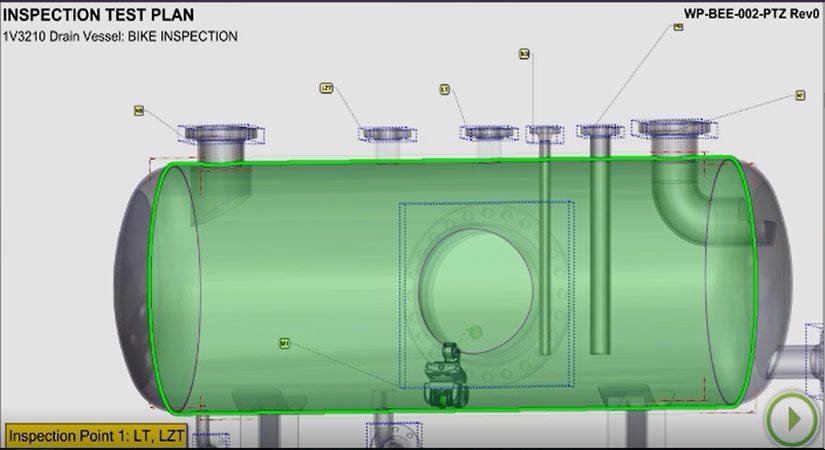What is a Digital Twin?

A digital twin is, at its most basic, a virtual model of a product, process or service – in other words, it’s a link between the physical and the digital planes. Spearheaded by NASA, the technology serves to allow users to simulate the operation, maintenance and repair of systems and assets without being in physical proximity to them.
Industries such as mining and oil & gas are but two that stand to benefit, especially when it comes to hugely expensive, but necessary, shutdowns for inspection or disaster purposes.
- Shutdowns and Turnarounds: 3 Crucial Steps to Success
- Benefits of renting RVI and NDT equipment in 2020
- The advantages of using drones for asset inspection
From Risk Reduction to Lower Maintenance Costs
NASA may well have been the instigators of such tech (they were working with pairing technology at the very beginning of the space race) but today the technology is set to revolutionise industrial processes as we know them today.
The ability to simulate the entire lifecycle of an asset or process has massive positive implications. Being able to run scenarios of asset wear and tear, or how different configuration options can increase longevity and efficiency, provides operations with insight at a level that’s never been experienced before. When you add in predictions of the outcomes of autonomous robotics in various scenarios, it becomes wholly apparent how advantageous the technology can be.
These advantages include:
- Reduces maintenance costs: Accurate prediction of maintenance and repairs allows all elements to be in place (parts, equipment etc) before an asset is shut down. This reduces the amount of time necessary for assets to be out of service, maintenance tasks can be scheduled so they’re carried out simultaneously and the effective reduction of the number of planned shutdown incidences.
- Increases reliability: Monitor, simulate, and control an asset throughout its lifespan. This leads to increased reliability and drastically reduces the likelihood of unexpected asset failure or repairs.
- Reduces risk: Digital twin technology gives an accurate simulation of assets and processes, therefore providing an additional element of health and safety. In high-risk industries, such as mining, petrochemical and oil & gas, the ability to reduce asset and process-related incidents is by far one of the most important elements of effective operational procedures.
- Improved production: Gaining accurate insight into the performance of a process and/or asset allows for true customisation and the ability to minimise the impact on production.
Digital Twin Technology: Let’s get it right…!
Creating digital twins involves smart components that use sensors to gather all the necessary information to create a digital model. This data is then transferred to a cloud-based system, and the intel is analysed against various other business data. In the case of operational assets, this physical data is gleaned through the use of autonomous robotics, combined with cameras, sensors and the relevant software.
When it comes to this software, this is the crucial element that creates the digital twin. Nexxis has an in-house engineering team dedicated to solving your complex problems by recommending the correct inspection solutions and methodology for your next project.
As well as being at the forefront of such revolutionary excellence, the Nexxis model allows customers to benefit from a bespoke procurement arrangement. This allows for equipment requirements to be as flexible as necessary – a unique solutions-driven approach that’s led to Nexxis becoming the equipment supplier of choice for many sectors around the globe.
To find out more and discover how your company can benefit, get in touch with a member of our Solutions team for a no-obligation chat.
To read more shutdown articles – join our Nexxis Noticeboard Newsletter
Find out more about the Nexxis solution of flexible, state-of-the-art equipment or contact us today for a no-obligation chat.
